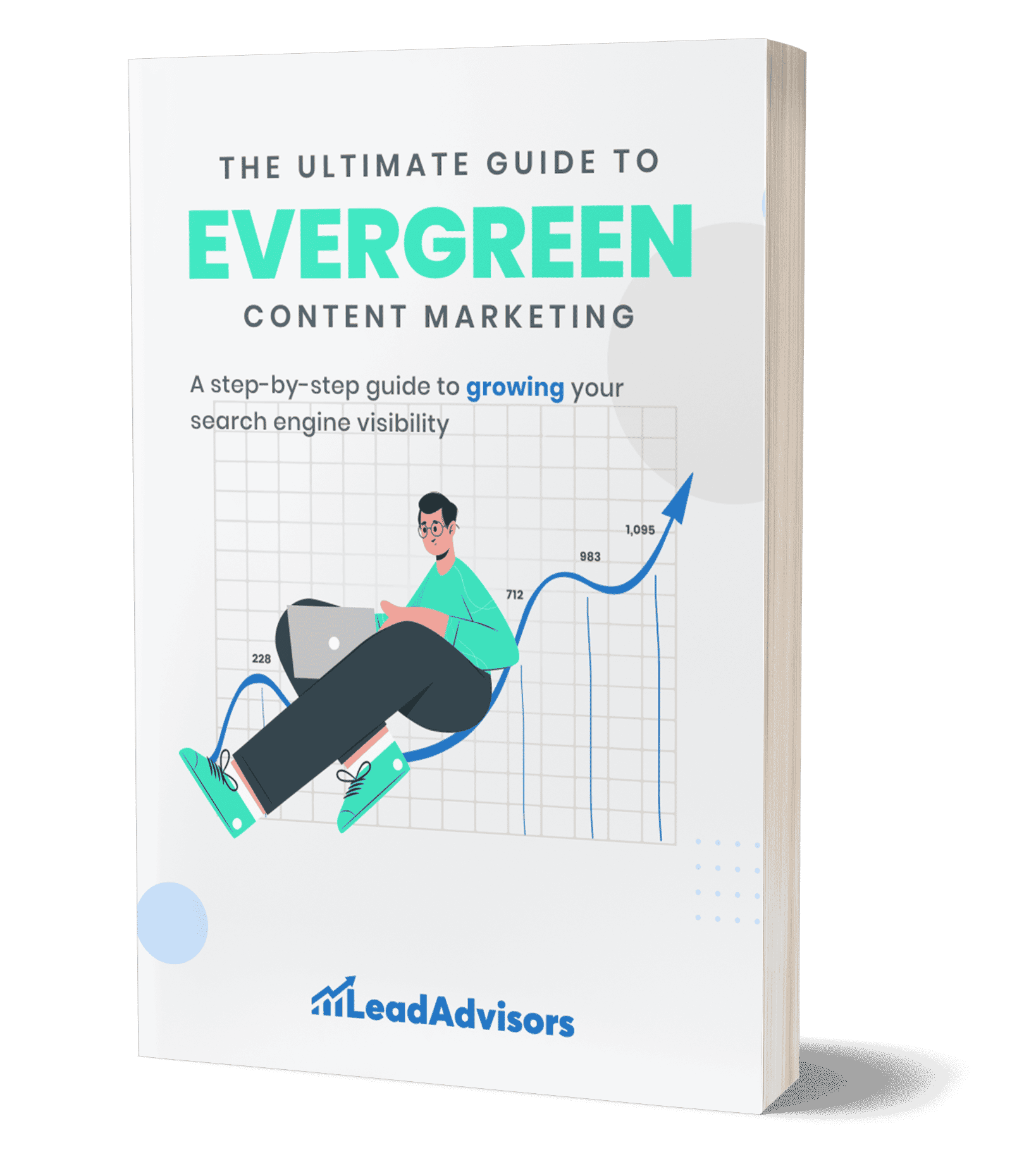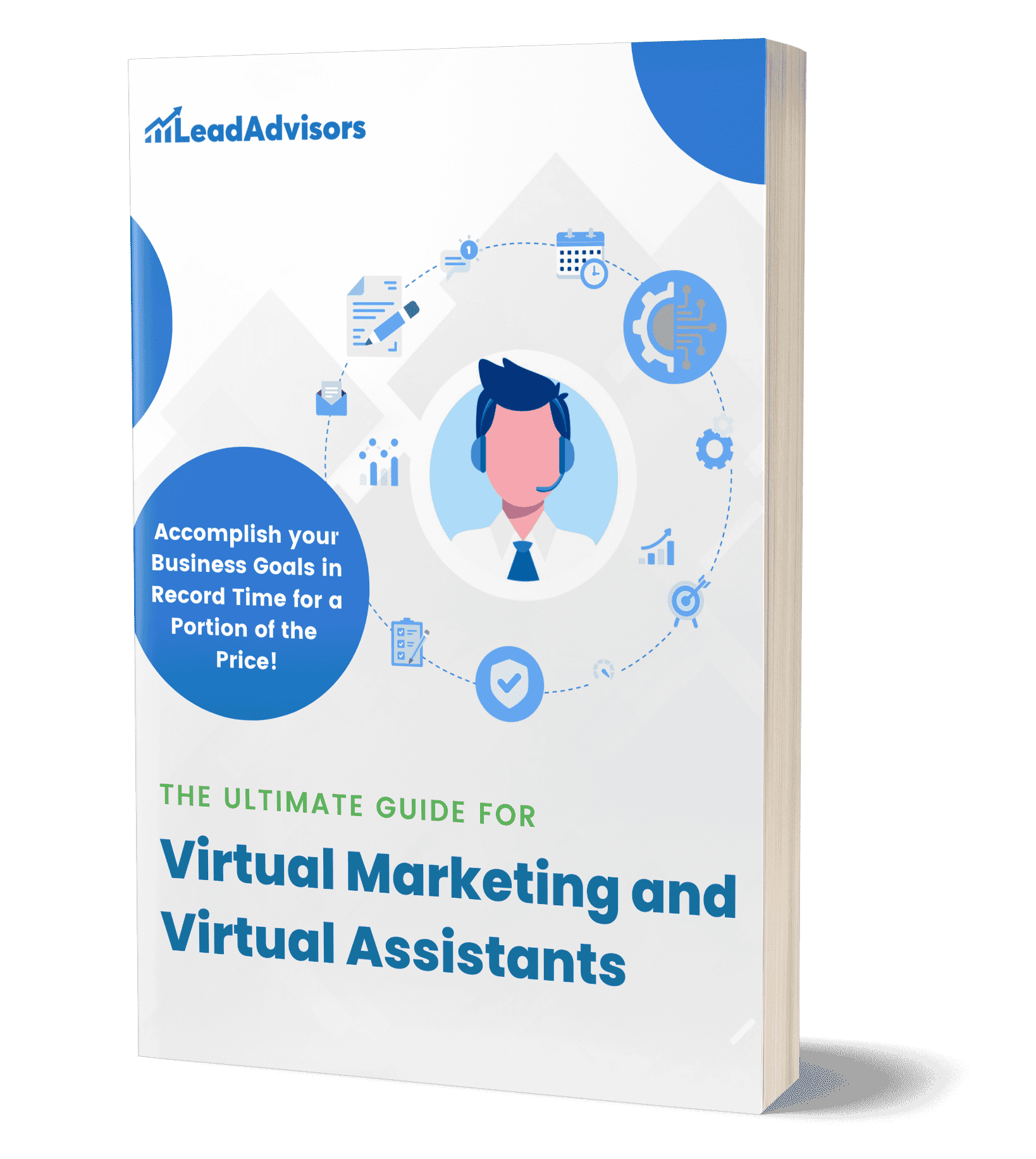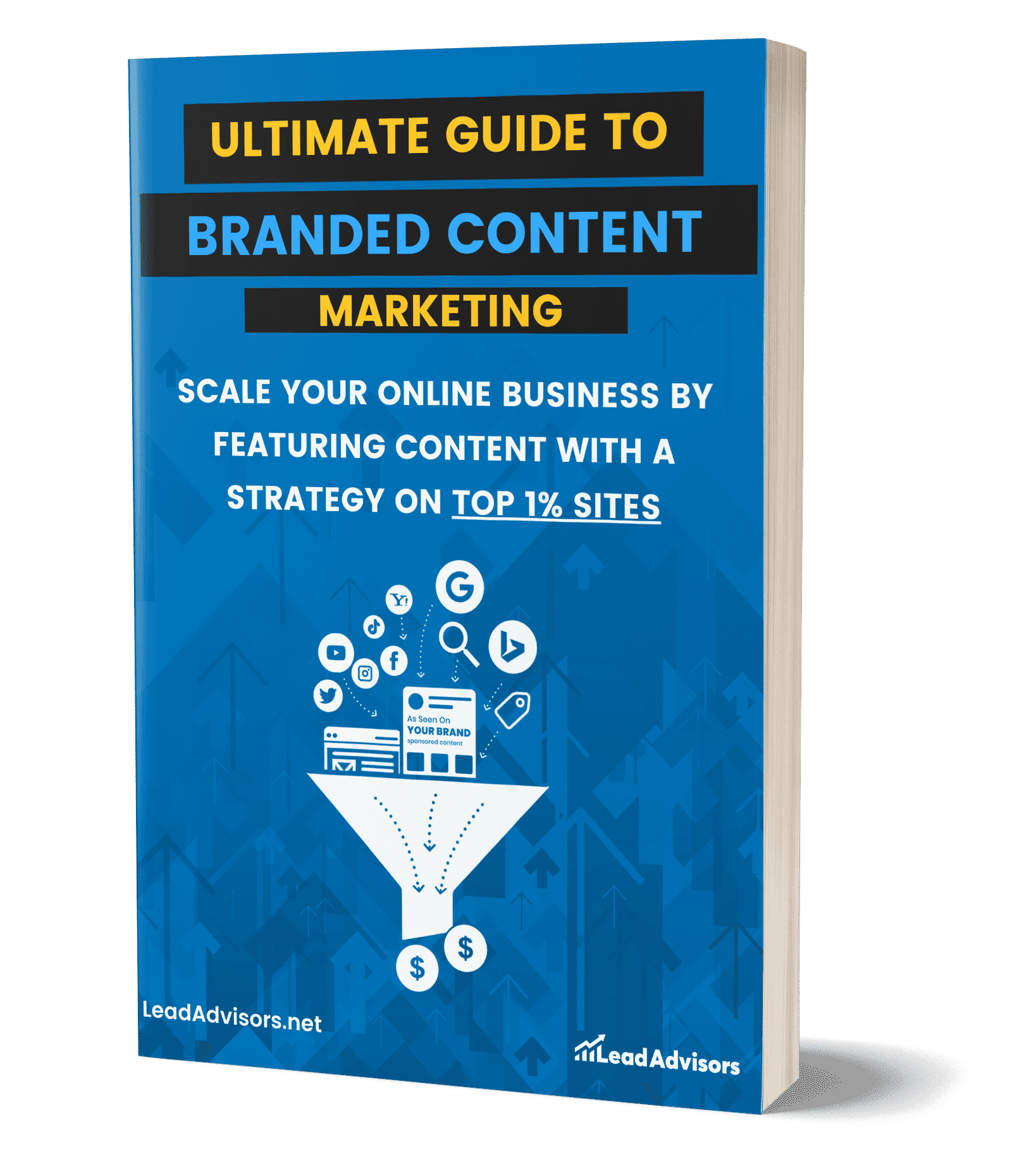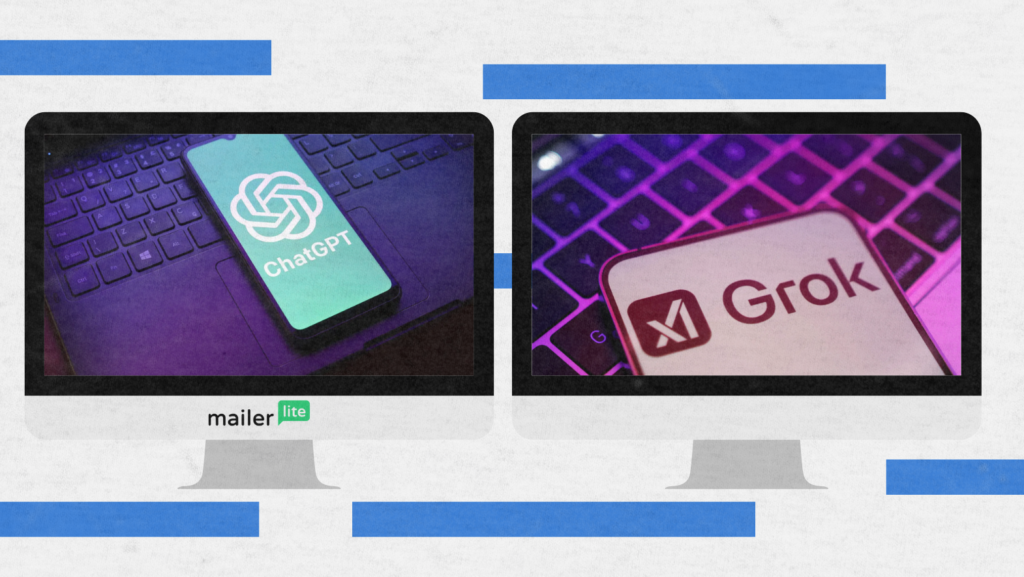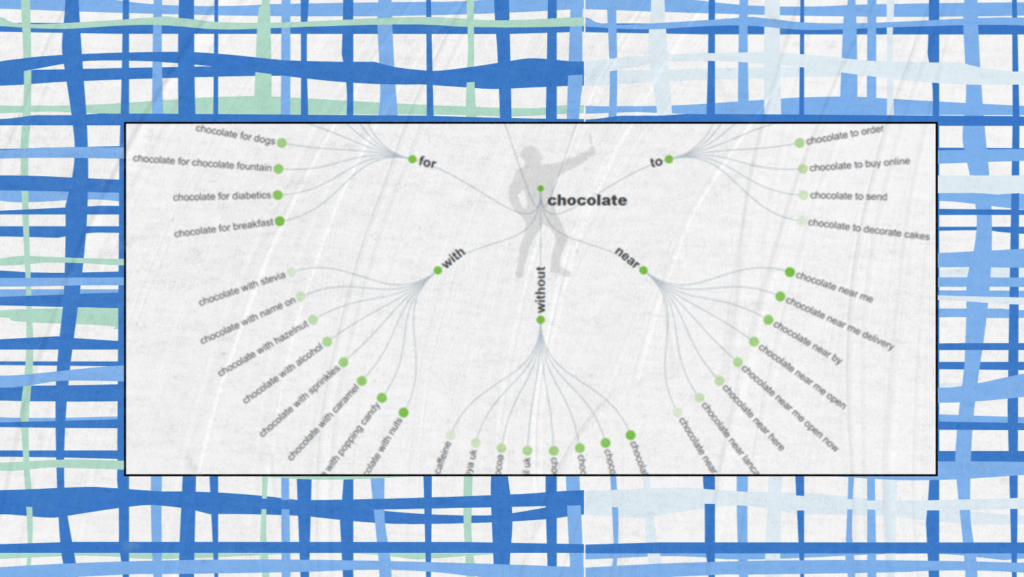They scroll, pause, and click. That’s the quiet power of influencer marketing—when the right face says the right thing at the right time, people listen.
But let’s face it: the influencer marketing industry is no longer as easy as slapping a product alongside a familiar face. It’s grown. Fast. Between brand collaborations dropping weekly, fans getting wiser, and platforms always changing the game, you can’t afford not to have an influencer marketing strategy that works.
Regardless if you’re looking to strengthen the influencer marketing element of your ad campaigns, if you’re considering trying out new influencer marketing tools, or if you’re just trying to work out which is the best influencer marketing platform that won’t devour your marketing budget, one thing appears certain… attention is currency. And those with influencer collaborations that work? They’re winning.
Here’s the anatomy of what’s working now — and how to make it work for you.
Why People Still Trust Influencers
Old-fashioned ads are easy to tune out. But a post from one of your followers? It stands out.
Why influencer marketing campaigns are effective:
- People relate to creators more than companies
- Content feels personal, not promotional.
- It blends naturally into scrolling, stories, and feeds.
Instead of feeling like they are being sold to, the audience feels a part of the event. That’s why more and more brands are investing in influencer partnerships that go beyond one-off shoutouts.
Strategy Makes the Difference
Alignment is the foundation of an impactful influencer marketing strategy. It’s not just a matter of picking influencers with the most followers — you match content style, tone, and audience.
Some crucial basics to get right:
- Define your target audience
- Choose creators who already speak to that group.
- Decide if you’re going in-house or using an influencer marketing agency.
- Use influencer marketing tools or a platform to manage timelines, content, and results.
Whether a small business is running its first influencer campaign or a brand is scaling across platforms, the approach matters more than the size of the budget.
Why Influencer Marketing Matters in 2025
With changing consumer habits and the evolution of digital ecosystems, influencer marketing remains ahead of the game compared to traditional methods. In 2025, marketers who understand the psychology behind influencer posts and the right target audiences for their brand across social media networks will cash in.
Digital Consumption Shifts
Traditional advertising channels continued their 2025 spiral. As global ad fatigue increases, consumers are turning a blind eye to intrusive banner ads and rejecting sponsored placements that seem forced. As for influencer marketing, it’s exploded—from $1.7B in 2016 to an estimated $85B by 2028, meaning it’s no longer just a fad but the future of digital “hangouts.”
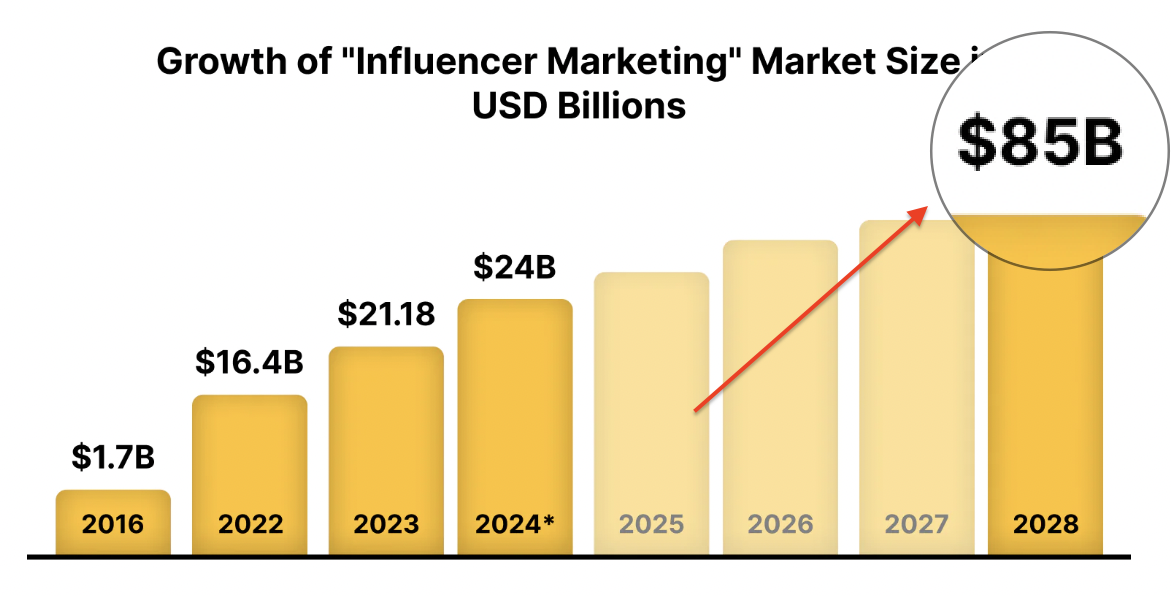
On platforms such as Instagram, TikTok, and YouTube, creators are filling the trust void. From nano-influencers who share candid, everyday moments to macro-influencers who share high-quality brand narratives, authenticity and relatability are what modern audiences desire. In a world overloaded with content, influencers are not just shaping opinions but driving conversions.
ROI Potential
Recent data from Influencer Marketing Hub, Shopify, and Mailchimp shows that brands generate an average of $5.78 to $6.50 for every $1 spent on influencer marketing. According to Shoe, this makes it one of the cheapest approaches and has a higher return than many traditional paid ad campaigns, particularly in design, health, finance, and tech.

Some 89% of marketers collectively agree that influencer marketing ROI is better than or comparable to other channels. In particular, 14 percent found it much better, 34 percent said it was better, and 41 percent thought it was about the same as other approaches. Only 11% rated it worse.
What distinguishes influencer marketing goes beyond the cost-per-click. Brands are also tracking success in Earned Media Value (EMV)—that’s story shares, organic brand mentions, and engaged replies. This type of human, trust-based interaction that not only promotes credibility, but also long-term visibility, simply can’t be matched by banner ads.
Benefits of Influencer Marketing
There are several reasons that using influencer strategies works so well for brands:
Trust & Credibility
Influencers are personal peer endorsements. Their content fits organically into users’ feeds and so can avoid the skepticism usually directed at ads.
Niche Audience Access
Whether they’re reaching Gen Z on TikTok or house hunters on Instagram, micro and nano influencers can help brands connect with specific audience demographics.
Social Proof & Engagement
A productive influencer marketing campaign ignites conversation—likes, shares, saves, and real comments. The ripple effects rise in the form of brand exposure and consumer confidence.
SEO and UGC Advantages
Influencer content frequently gets re-shared or embedded, resulting in backlinks and brand mentions, which can increase your domain authority. In addition, user-generated content (UGC) builds trust and saves on content creation costs.
Earned Media Value (EMV)
Success isn’t just about traffic or sales; it’s about what people say. EMV encompasses impressions, sentiment, and frequency to provide an integrated ROI benchmark.
Why This All Matters
So if social media influencers are the new media outlets, it’s simple: the brands that incorporate an Influencer Strategy into their 2025 marketing campaigns are going to kick ass and take names compared to those that are still desperately grasping on to archaic advertising models.
Whether it’s TikTok dances, Instagram carousels, or YouTube explainers, today’s political decisions are made in the world of social media. And influencers are the connection between your brand and your next loyal customer.
Types of Influencers (By Audience Size & Style)
Picking an influencer is no longer about follower count. It’s a matter of finding someone who gets your audience and actually knows how to talk to them. From your local market’s finest to those taking over the web, there’s an influencer for just about every type of brand. Let’s unpack it — with some high-profile names you’ll recognize.
Nano Influencers (1K–10K followers)
Nano influencers are low-key creators with small but loyal followings. These people aren’t trying to get famous—they’re just being themselves, and the people love them for it. Their content is conversational, not like they are selling something.
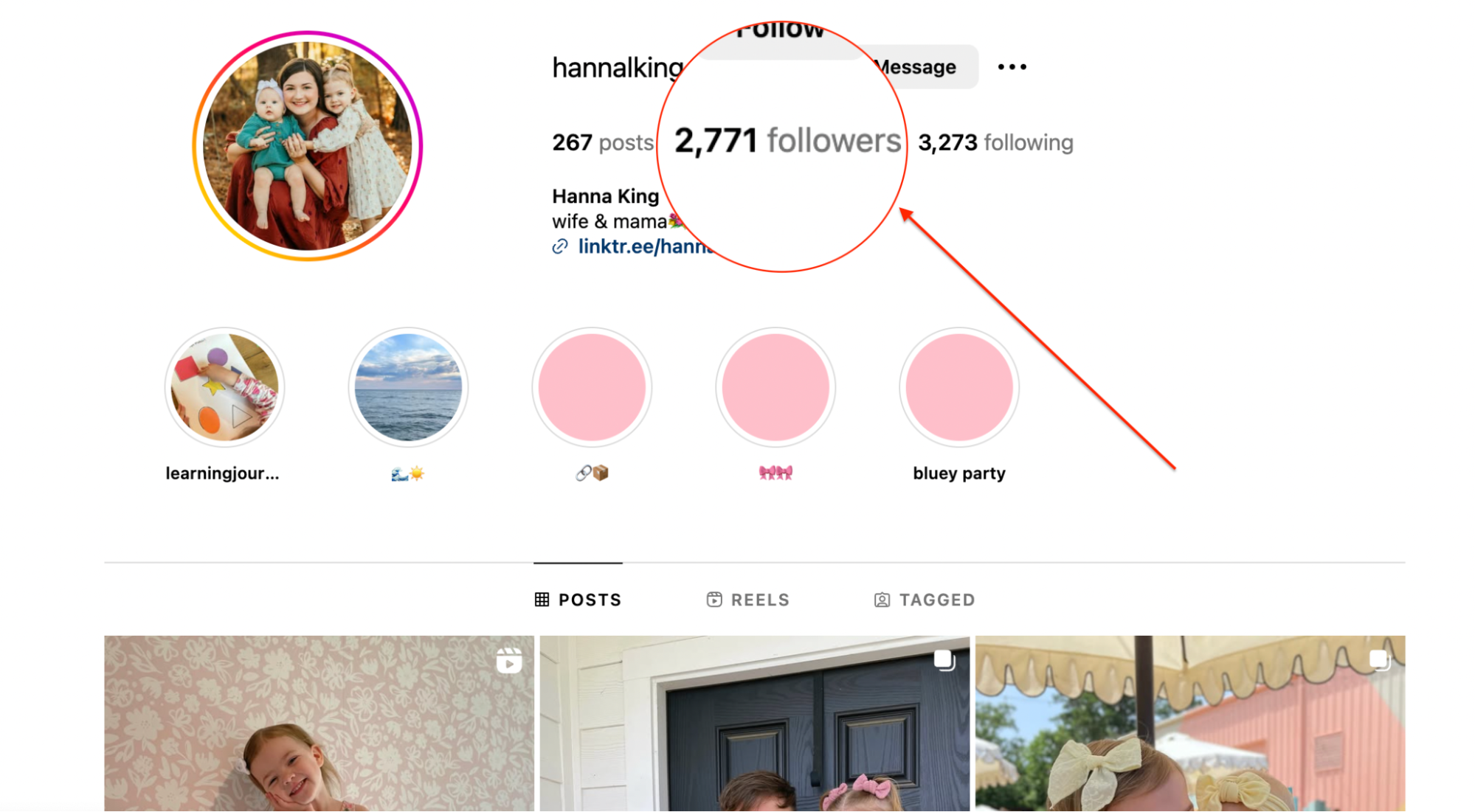
And then there are those like Hanna King. She’s created a close-knit following around parenting and family life, and when she recommends something, her audience pays attention. She’s the kind of person brands aren’t just willing to work with but adore partnering with because her engagement is real, and generally way higher than what you’ll get from a celeb-level account.
Micro Influencers (10K–100K followers)
Micro influencers are sort of the sweet spot. They’re large enough to have serious reach, but still small enough that their content can feel personal and honest. They’re usually niche — skin care, fitness, books, tech, you name it.
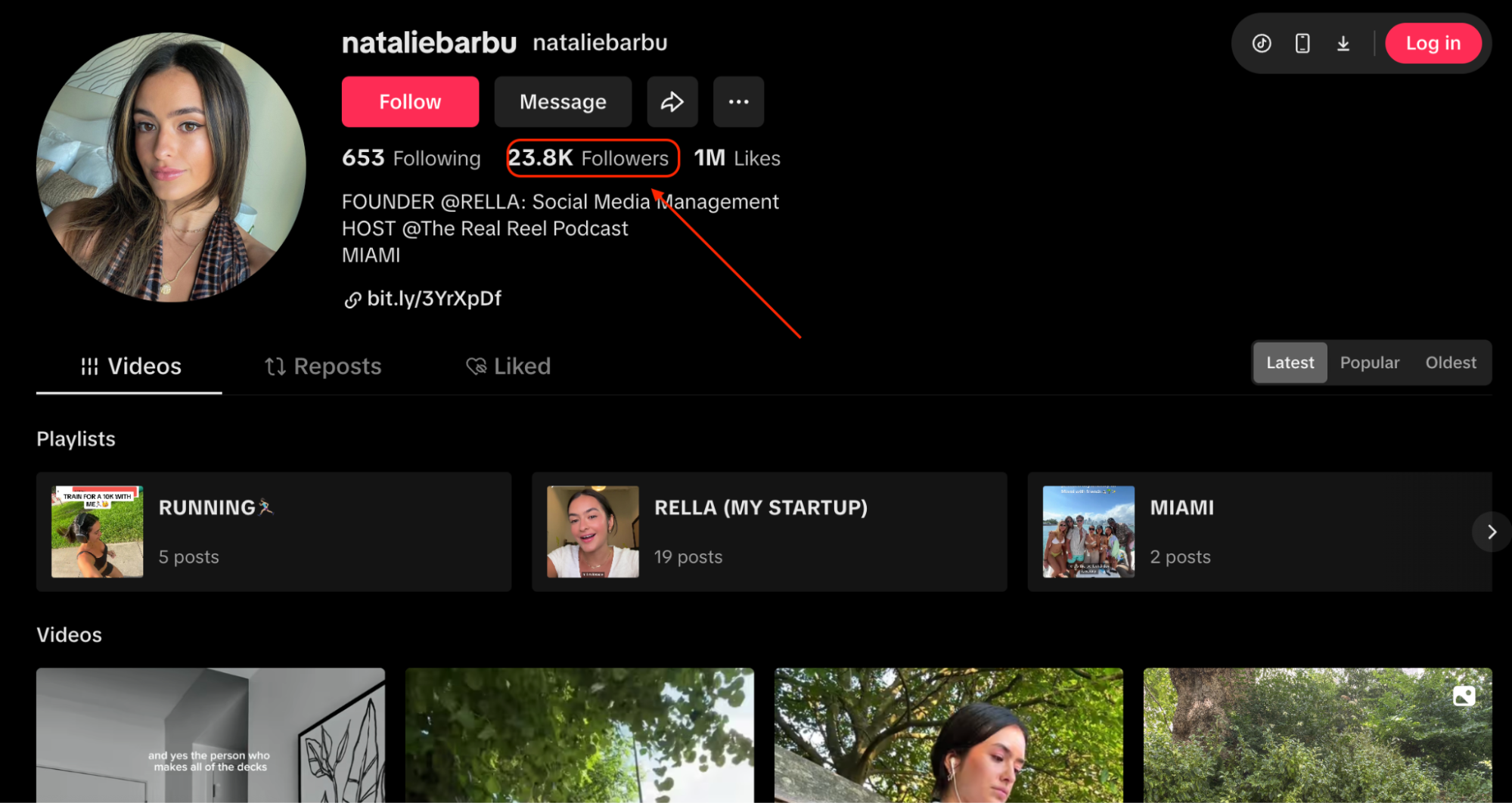
Their followers believe in them because they show up regularly and don’t seem overly commercial. Consider creators like Natalie Barbu, who developed her profile as a no-nonsense lifestyle content creator with career growth tips for young professionals. Natalie has gotten bigger over time, but many such brilliant, niche-focused creators in the 50K to 80K range are on their way up, and brands are noticing.
Macro Influencers (100K–1M followers)
Now we’re getting into people who have made content full-time jobs. They’re everywhere — on YouTube, on Instagram, on TikTok — and they know how to create content that works. Things look great, sound on brand, and actually get shared. One great example is Wisdom Kaye.

You may have seen him curating runway-level looks or appearing in fashion campaigns. He has millions of followers now, but he built his following by consistently keeping it real and stylish. If you’re looking to tap into a mass market without sacrificing the personal touch, macro influencers like Wisdom are a good bet.
Mega Influencers (1M+ followers)
Big stars are the mega influencers. We are talking about internet icons, YouTubers who are famous on the level of a talk-show celebrity and creators who can take an offhanded post and turn it into a cultural trend by lunch. One of the biggest? Emma Chamberlain.
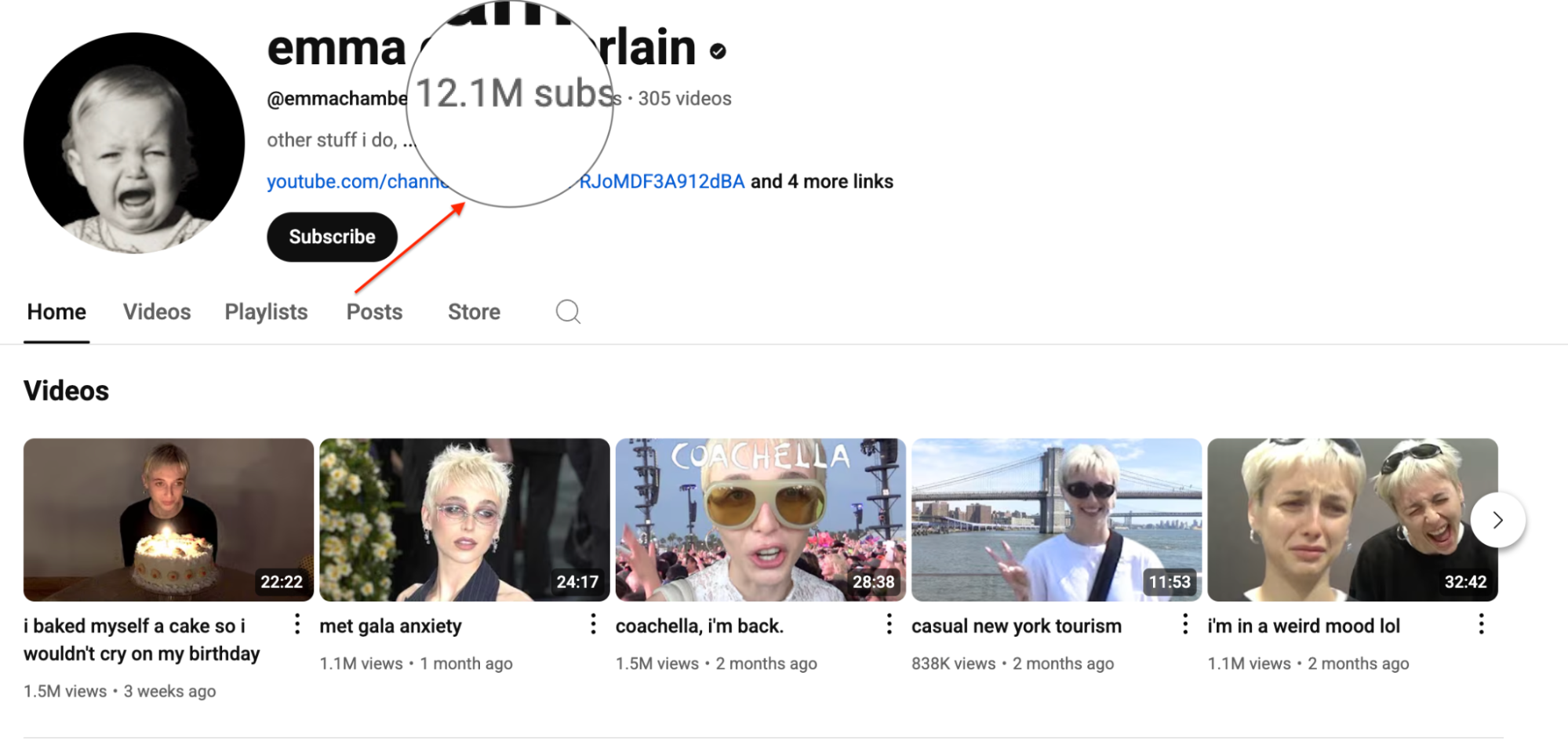
She ended up transitioning from vlogging in her bedroom to trotting red carpets at the Met Gala, maintaining all that “just your internet bestie” energy. If you want to herald a product, go viral, or simply brand yourself, Emma’s your blueprint. Mega influencers grant you mega visibility, but remember their reach comes with a hefty bill.
Creator vs. Influencer: What’s the Difference?
Here’s a question we get all the time: What’s the difference between a creator and an influencer? The easy answer is that a content creator creates content, and an influencer creates influence. A person like Zach King is a creator from top to bottom. He’s the guy who makes those mind-blowing visual magic videos that get millions of views by being sick, not by pitching a product.
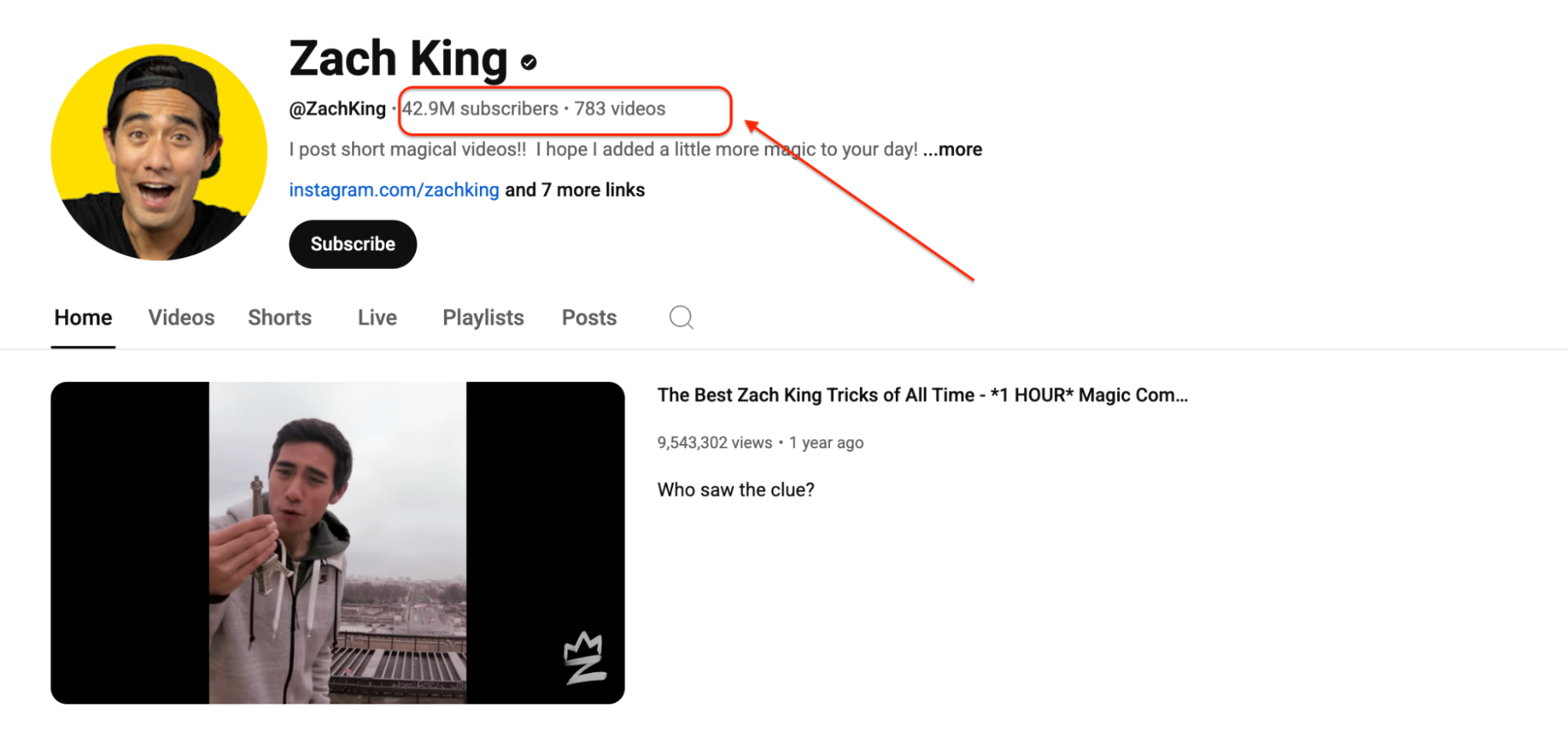
Meanwhile, someone like Emma Chamberlain has become adept at both. She makes relatable content and moves culture, products, and whole trends. And when you’re selecting someone to work with, you’re often going to want to know which side of that dividing line they tend to be on or whether they straddle both sides.
So yeah, Followers count, but what truly counts is finding someone who vibes with your brand and actually talks to the people you are trying to reach. So if it’s your friendly local nano influencer — or a major one who can break your website (in a good way) — the right match is, invariably, the one that feels realest.
Influencer Marketing Use Cases: B2C & B2B
Influencer marketing depends on who you are trying to sell to. What works for a beauty brand won’t necessarily fly for a software company — and that’s why you need to adapt your strategy for B2C and B2B.
B2C Brands: Visual, Aspirational, and Lifestyle-Driven
In the case of B2C brands in fashion, beauty, fitness, travel, or lifestyle, influencers act as storytelling partners. Advertising is more about tapping into brand values that feel aspirational but also somehow attainable.
Look at Shopify stars like Fashion Nova. Fashion Nova partnered with Cardi B to create a bold, high-impact campaign that blended personal style with brand identity.

Cardi B didn’t just promote Fashion Nova—she became part of its cultural presence.
Whether it’s nano creators or mega influencers, the goal is to increase brand awareness through visuals and authenticity. Platforms like Instagram, TikTok, and YouTube influencers help brands plug into everyday routines without interrupting them.
B2B Brands: Thoughtful, Strategic, and Trust-Focused
B2B companies are also in the game now, but they play by different rules.
Rather than pushing viral content, they’re partnering with LinkedIn influencers, industry authorities, and niche voices to develop their brand reputation and credibility.

Creators such as Vin Matano or Amanda Natividad co-host webinars, prepare lead magnets, and tools they already use. There is less hype and more about helping, and this is why it’s effective influencer marketing in the B2B world.
Here, the goal is trust. The content is educational. The influencer isn’t just selling but sharing something useful with their specific niche community.
How to Build an Influencer Marketing Strategy (Step-by-Step)
There’s more to crafting a successful influencer campaign than sending out free product and hoping for the best. Regardless of whether you are a new business or an established brand, a well-thought-out influencer strategy is what makes an impression. Here’s how to go about influencer marketing—from setting objectives to scaling up.
1. Set Clear Goals & KPIs
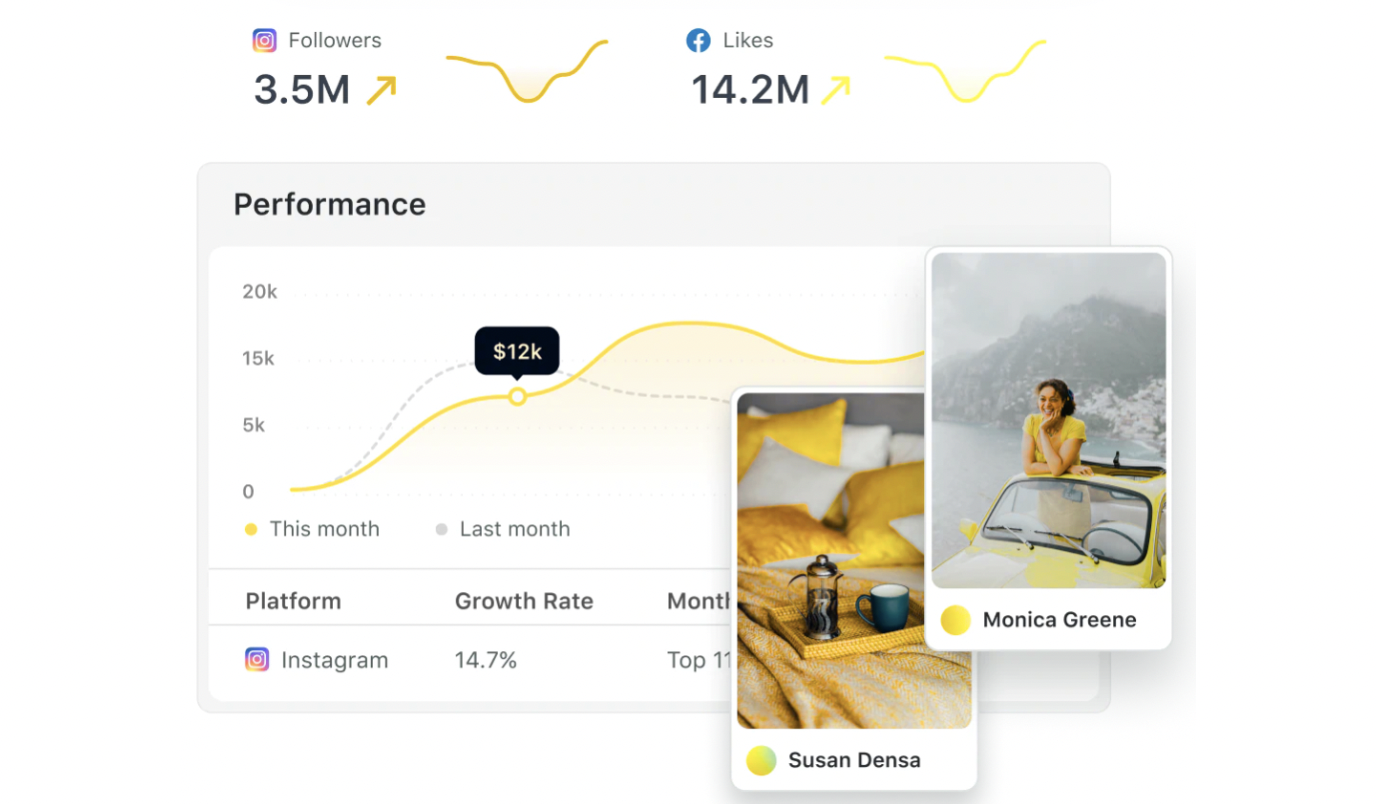
Before you contact a single creator, you need to know what success looks like.
Ask yourself: What is the single most important goal of this campaign? Are your efforts aimed at developing brand awareness, engagement, conversions, or retention?
If your objective is awareness, then perhaps the KPIs are impressions, reach, and shares. If it’s conversion, you will need trackable links, discount codes, or affiliate revenue. Retention? Perhaps it has to do with keeping current customers excited via ambassador programs.
Without a goal, your campaign will be all over the place and hard to prove ROI on.
2. Define Your Target Audience
It’s not the eloquence of your message that persuades, but who sees it.
Use data from Google Analytics, your CRM, and social platform demographics to develop (or improve) your buyer personas. The age, location, interests, behavior, and even the values of the targets can make a difference.
Then find correlating influencers with an audience that aligns with yours. An influencer’s following should resemble your target customer, not just in numbers but in mindset.
So if you’re a vegan snack brand, your ideal partner isn’t the most significant fitness influencer—it’s the one who talks about plant-based living all the time and has a community that actually cares about eating clean.
3. Choose Your Platform
Different platforms are better for different objectives, and the one you choose should be based on your audience and type of product. Here’s a quick breakdown:
| Platform | Best For | Strengths | When to Use It |
| Fashion, Beauty, Lifestyle | Visual storytelling, Reels, Stories, product tags | Great for brand discovery, polished content, and influencer gifting | |
| TikTok | Gen Z, Trends, Challenges | Viral reach, short-form video, and authenticity | Perfect for product launches, challenges, and personality-driven campaigns |
| YouTube | Tech, Education, Reviews | Long-form content, SEO-friendly, evergreen value | Best for tutorials, product reviews, and in-depth storytelling |
| DIY, Home, Wellness | High purchase intent, long content shelf life | Ideal for evergreen content, product inspiration, and blog traffic | |
| Twitch | Gaming, Tech, Live Events | Real-time interaction, loyal communities | Great for brand integrations, giveaways, and product demos |
| B2B, SaaS, Professionals | Thought leadership, business-focused content | Best for B2B campaigns, webinar promotion, and expert endorsements |
Each platform offers something different. Choose based on where your audience hangs out, how they consume content, and what type of story you want to tell.
4. Research & Vet Influencers
It requires more than checking a follower number to find the right creators.
A great influencer isn’t just someone popular – they are very much on brand for your brand, they create great content, and they have a history of engaging in a way that reflects your desired level of engagement.
Here’s what to watch for:
- Red flags: sudden follower spikes, low engagement, irrelevant content, or controversial past behavior.
- The metrics that matter are engagement rate (likes, comments, shares), average views, comment quality, and follower authenticity.
- Brand fit: look at their tone, visual style, and values. Would they use your product even if they weren’t paid?
Vet thoroughly. The more relevant the creator, the stronger your results.
5. Outreach & Collaboration
When it’s time to connect, start with value, not just your pitch.
Whether in DMs or emails, discuss what makes them a great fit, demonstrate that you’re a follower of their work, and explain to them why it’s beneficial for them and their readers.
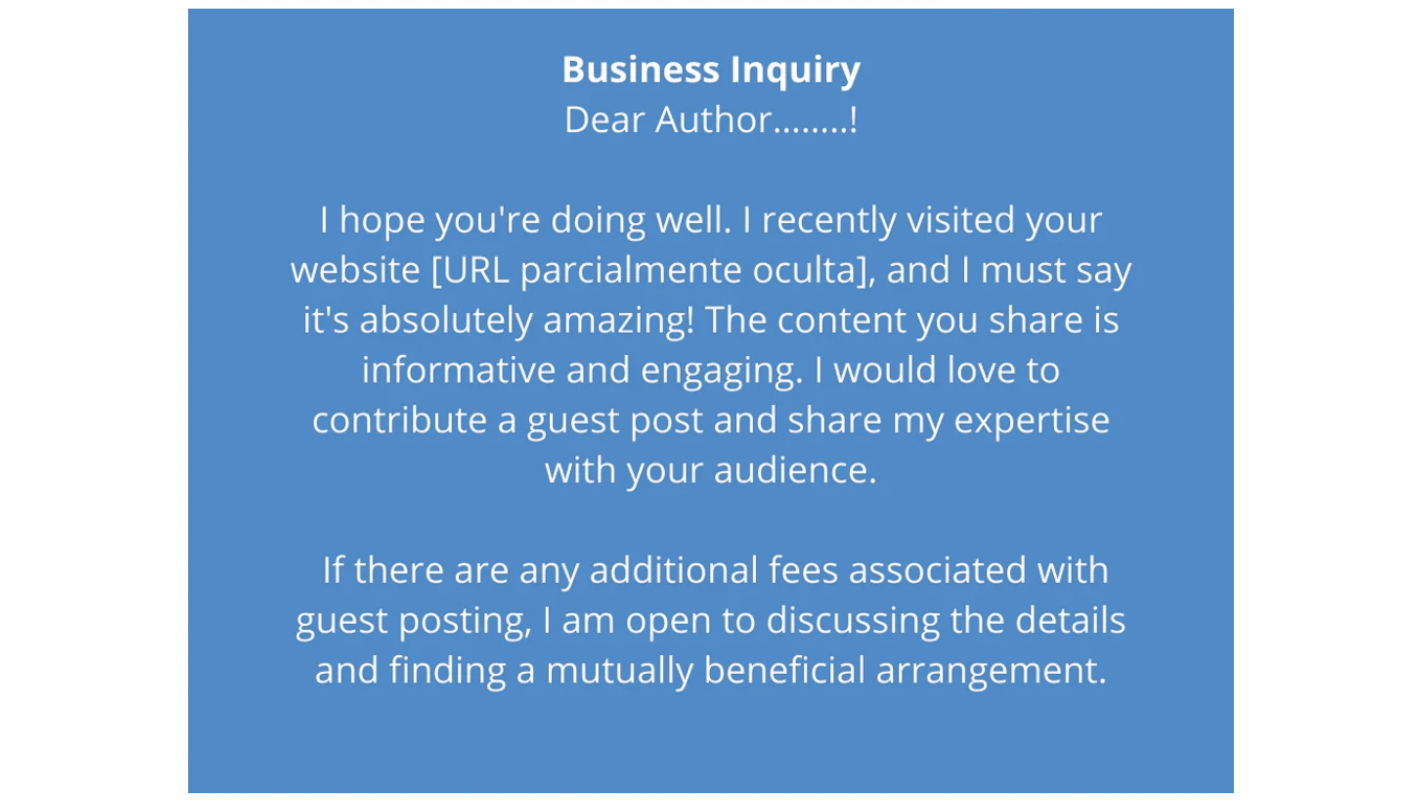
Maintain a professional but friendly tone. Personalization is key here, now more than ever—no copy-and-paste “Hey influencer!” emails.
If you are scaling across many creators, platforms such as Shopify Collabs, Sprout Social, and Upfluence provide a streamlined influencer outreach and assist with creator discovery, tracking, and campaign management.
6. Set Clear Terms & Contracts
Don’t skip this. Even if the vibe feels casual, put it in writing.
Every influencer campaign plan should include a clear agreement outlining:
- Deliverables (e.g., 1 IG Reel, 3 Stories, 1 TikTok)
- Deadlines and content review process
- Compensation (flat rate, gift, commission)
- Usage rights (can you reuse content for ads or UGC?)
- Disclosure requirements (#ad, #sponsored, etc.)
This keeps expectations aligned, prevents miscommunication, and protects both parties.
7. Maximize Content Value
Here’s the part most brands overlook—repurposing.
A well-done influencer post shouldn’t live and die on their feed. With the right permission, you can:
- Turn their quote into a product page testimonial
- Use their video in your paid ads.
- Add the content to an email campaign.
- Feature their review on your website.
- Build a UGC gallery for social proof.
That’s how a single post can multiply your content value and extend the life of your influencer marketing activities.
Influencer Compensation Models (With Pros & Cons)
| Model | Description | Pros | Cons |
| Flat Fee | A set payment for specific deliverables (e.g., 1 post, 1 reel) | Easy to budget, straightforward contracts, quick execution | Can be costly with larger creators, no guarantee of performance |
| Commission-Based (Affiliate) | Influencer earns a percentage of sales made through tracked links or codes | Performance-based, low upfront cost, scalable | It may be less appealing to high-tier influencers, depending on trust and conversion |
| Performance-Based | Payment tied to specific results (clicks, sign-ups, sales, etc.) | Aligns goals between brand and influencer, with measurable ROI | Requires robust tracking, limited control over outcome |
| Product Seeding / Gifting | Sending free products in exchange for possible coverage | Budget-friendly, great for UGC and micro/nano influencers | No guaranteed post or ROI, may be seen as low value by mid to mega influencers |
| Licensing & Content Usage Rights | Extra fees paid to use influencer’s content in ads, product pages, or other brand assets | Let’s brands repurpose high-performing content, boost ROI | Additional cost on top of the base fee, needs legal clarity in contracts |
All of these can be mixed and matched based on your campaign objectives, budget, and the influence of the influencer. Always lay out what is due and the rights in writing, particularly when licensing content for paid ads or future use.
Influencer Marketing Platforms & Tools
Behind every successful campaign, there’s a smart toolkit. From newbies to those running huge programs, the best platforms for your needs allow you to discover useful influencers, monitor results, and establish powerful influencer relationships.
Below, we examine which influencer tools are best suited to your needs in 2025.
All-in-One Campaign Tools
Go with an all-in-one tool if you want everything from one platform: discovery, campaign building, communication, and analytics.
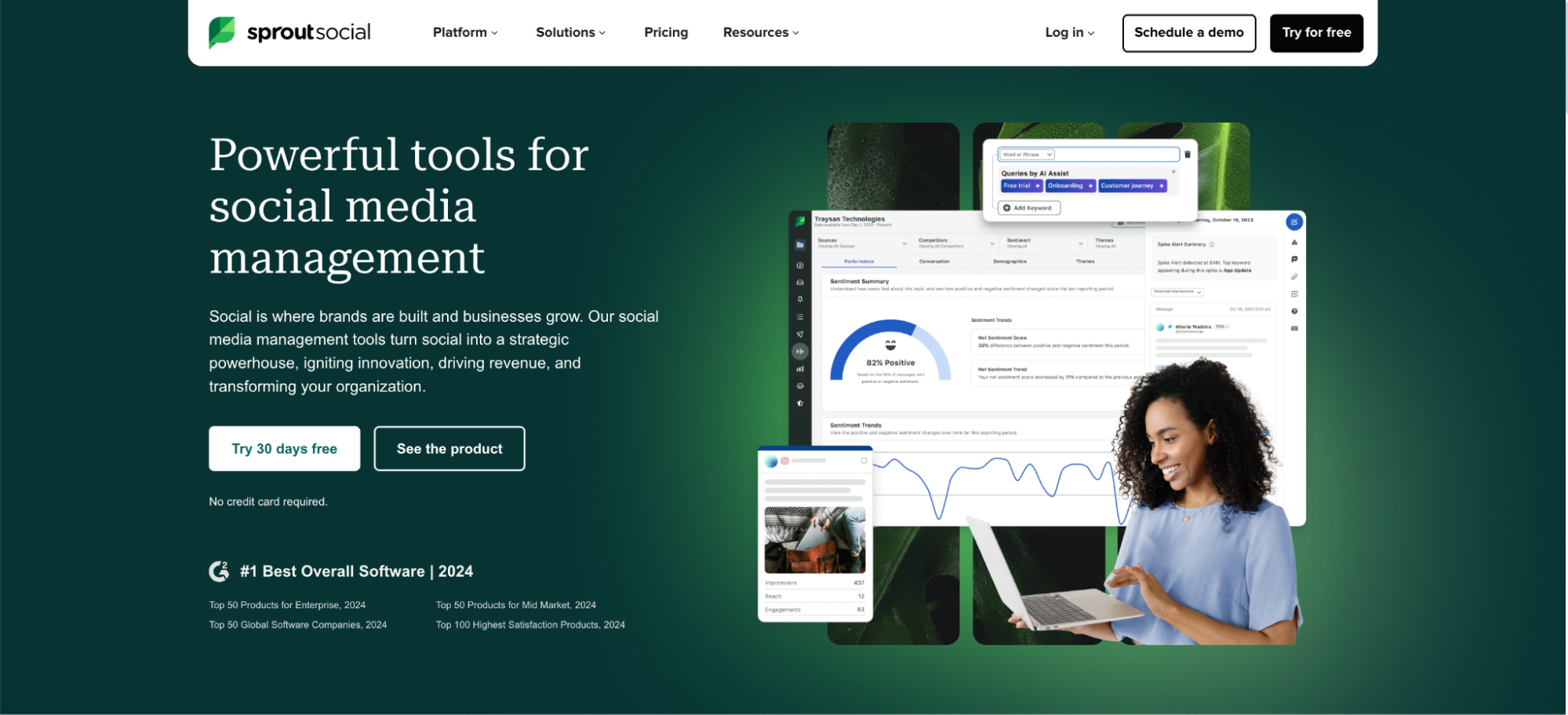
Social Media Platforms include Shopify Collabs, Grin, Sprout Social, Tagger, and Creator. They are engineered to simplify influencer campaign management end-to-end. That means you can manage deliverables, approve influencer content, and track performance without a dozen browser tabs open.
These tools can be lifesavers for brands that are running several campaigns simultaneously or managing micro and mega creators.
Discovery & Vetting Tools
Finding the right influencers is not only about tens of thousands of followers. You want creators with an audience that is the same as your brand, because that’s where genuine trust exists.
You can also use tools like BuzzSumo, Upfluence, and HypeAuditor to search for influencers by niche, platform, location, and even engagement quality. You will also spot clang alarms, such as fake followers or strange engagement patterns, and avoid wasting your media budget.
In 2020, when consumers rely on influencers more than content from traditional advertising, discovery tools are your first line of defense against bad pairings.
Analytics & ROI Tracking
How do you know if your campaign really worked? That’s where analytics products come in.
By utilizing UTM (Urchin Tracking Module) links, custom discount codes, and EMV (Earned Media Value) calculators, brands can quantify clicks, sales, traffic, and social buzz down to the post. Throw in social listening tools, and you’ll have a complete picture of sentiment and community impact.
Performance tracking isn’t just about numbers; it’s about demonstrating how influencer marketing works and then improving future campaigns.
Outreach & Management Tools
Sending out DMs and facing the music? That doesn’t scale.
Utilize email sequencing tools, contract builders, and content approval platforms to keep influencer outreach professional and compliant. These tools make certain everyone’s on the same page about deliverables, compensation, and timelines — without the cluttered, never-ending email threads.
A well-executed influencer campaign plan both shields your brand and serves as an example of what strong ongoing influencer partnerships should look like.
The bottom line? Equipped with the right toolkit, influencer marketing goes from a dart throw to a scalable, strategic growth channel. If you truly care about outcomes — and not just likes — investing in intelligent platforms is a no-brainer.
How to Measure Influencer Marketing ROI
Understanding your influencer campaign’s impact goes beyond likes. Measuring ROI means tracking both short-term performance and long-term brand value.
Top Metrics to Track
Engagement is the first sign that your content connected. Look at likes, comments, shares, saves, and story interactions to gauge how the audience responded.
To track traffic, use UTM links and custom landing pages. These show how many people actually clicked through from influencer content.
If conversions are your goal, monitor sales through promo code usage or affiliate revenue. These metrics tie influencer performance directly to your bottom line.
And don’t overlook EMV (Earned Media Value). It estimates what the reach and exposure from influencer content would cost if you paid for it through ads, giving you a useful benchmark for value.
Long-Term Value
Beyond the initial campaign, look for shifts in sentiment. Use social listening tools to track how people talk about your brand before and after influencer engagement.
Follower growth is another key signal—if more people start following your brand, it means the content drove lasting interest.
Lastly, check your branded search volume. If more users are Googling your name or product, that’s proof that your influencer campaign has built lasting awareness.
Common Influencer Marketing Mistakes to Avoid
Even the best campaigns can fail if you overlook the fundamentals. Let’s bust a few common influencer marketing myths that often lead brands off track.
Myth: More followers = better results
Fact: Choosing influencers by follower count alone is a quick way to burn your budget.
Big numbers don’t guarantee engagement, trust, or conversions. It’s more important to choose relevant influencers whose audience matches your brand values, even if their follower count is smaller. Micro and nano influencers often deliver more substantial ROI.
Myth: You should control every detail of the post
Fact: Micromanaging influencer content kills creativity and authenticity.
You’re partnering with them for their voice, not just their audience. Give clear direction, but allow creative freedom so the content feels genuine to their followers. That’s how trust and performance are built.
Myth: A handshake and a DM are enough
Fact: Vague briefs or no contract lead to confusion, missed deliverables, and legal risk.
Every campaign should include a written agreement covering deliverables, timelines, compensation, and usage rights. A strong brief keeps everyone aligned and ensures your influencer campaign plan stays on track.
Myth: Any influencer will work on any platform
Fact: Ignoring platform fit or audience alignment leads to wasted effort.
TikTok and YouTube require very different content from Instagram or LinkedIn. Make sure your influencer is experienced on the platform your audience actually uses—and that their followers match your target demographics.
Myth: Disclaimers aren’t a big deal
Fact: Overlooking compliance, like FTC disclosure rules, can put your brand at legal risk.
All sponsored content must clearly indicate the relationship. Use tags like #ad or tools like Instagram’s “Paid Partnership” label. Compliance protects both you and the creator and builds trust with viewers.
Future of Influencer Marketing
Influencer marketing has grown from a trend into a trusted, results-driven strategy. But success doesn’t come from simply partnering with creators—it comes from choosing the right influencers, setting clear goals, tracking the right metrics, and investing in long-term, authentic relationships.
As the industry shifts toward AI, UGC, community-first thinking, and value-based partnerships, brands that lead with strategy—not just hype—will stand out.
Influence isn’t just about reach anymore. It’s about real connection, lasting impact, and showing up where your audience already trusts.
Now that you know how to do influencer marketing correctly, it’s time to start building campaigns that actually move the needle.




